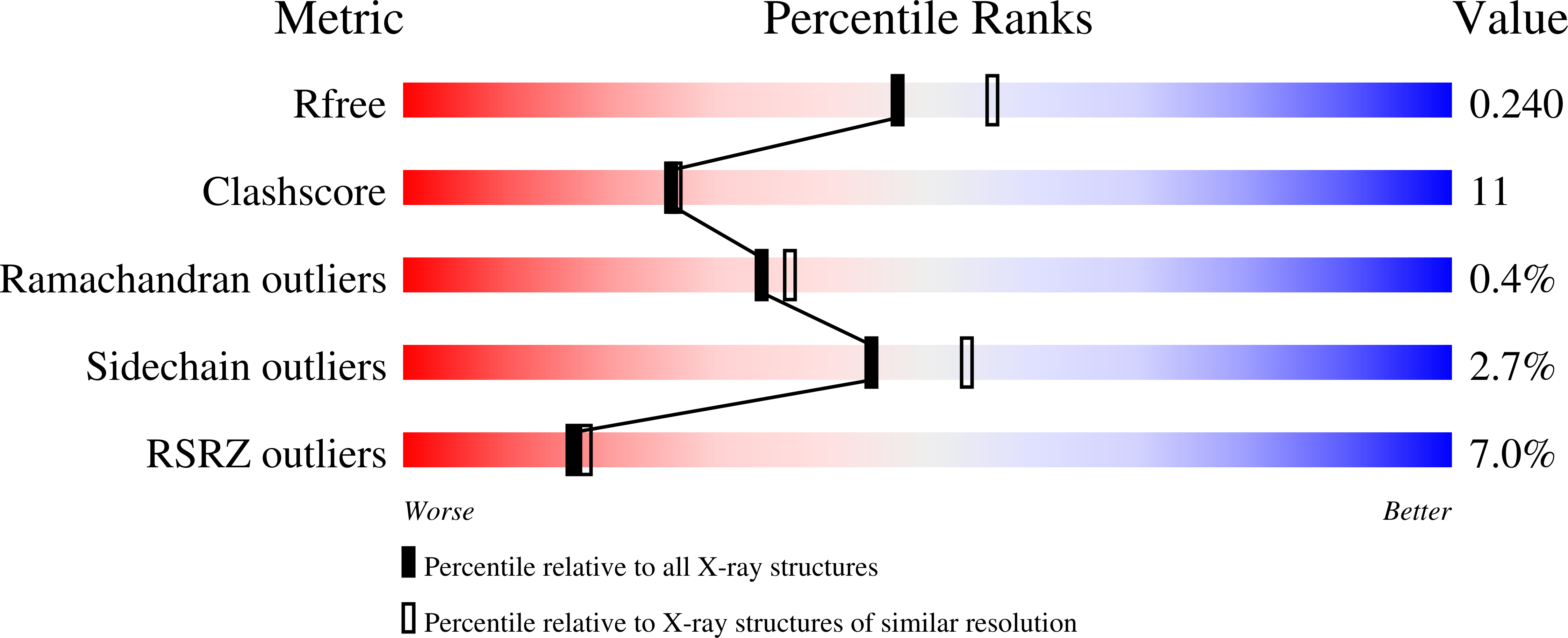
Deposition Date
2003-02-05
Release Date
2003-07-29
Last Version Date
2024-02-14
Entry Detail
PDB ID:
1NW8
Keywords:
Title:
Structure of L72P mutant beta class N6-adenine DNA methyltransferase RsrI
Biological Source:
Source Organism:
Rhodobacter sphaeroides (Taxon ID: 1063)
Host Organism:
Method Details:
Experimental Method:
Resolution:
2.25 Å
R-Value Free:
0.23
R-Value Work:
0.19
R-Value Observed:
0.19
Space Group:
C 2 2 21


